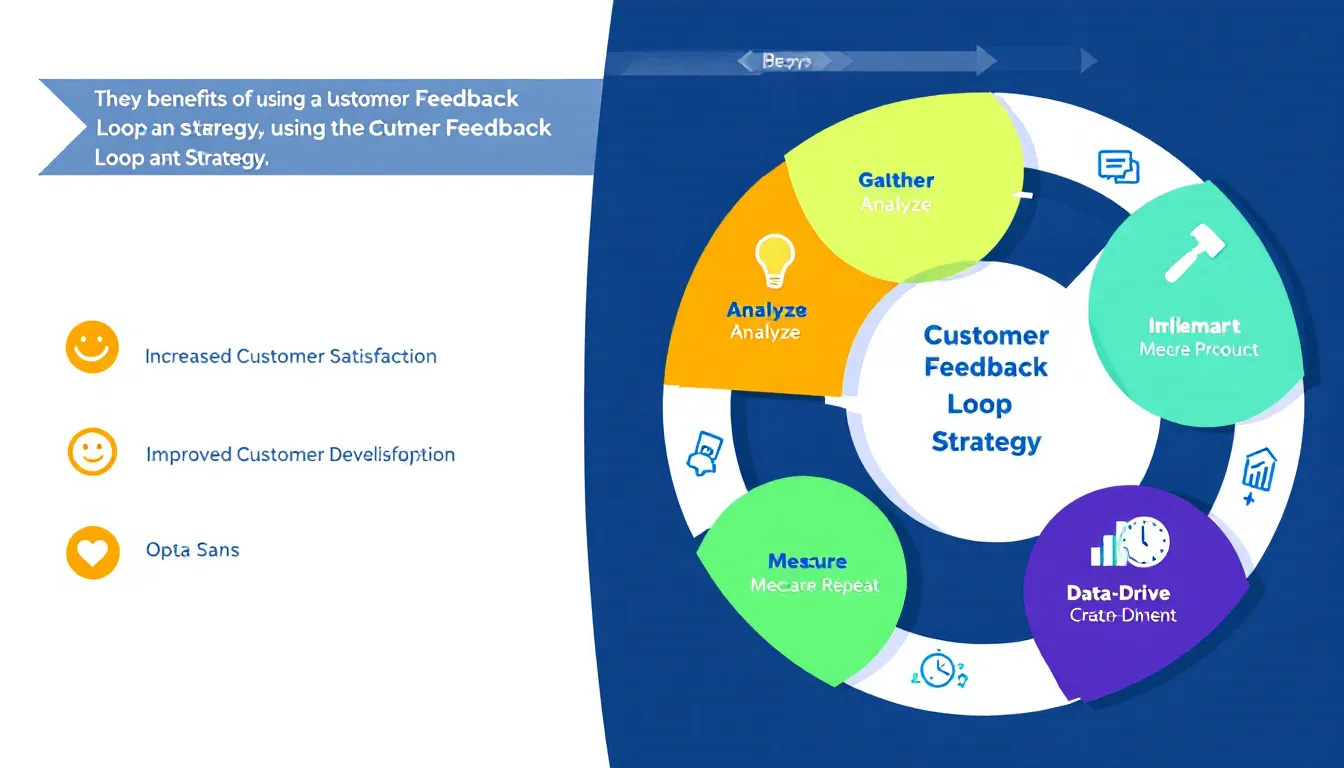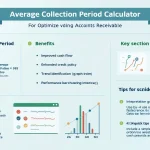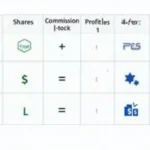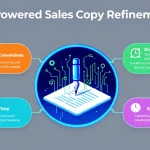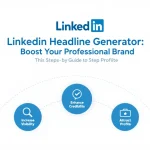Customer Feedback Loop Designer
Is this tool helpful?
How to use the tool
- Company & Product – Summarize what you sell and why it matters.
Example 1: “BrightBite Dental offers family dentistry and AI-guided oral-health subscriptions.”
Example 2: “NovaTech Fitness builds smart resistance bands with real-time app coaching.” - Customer Base – Profile your typical buyer.
Example 1: “Urban parents, 30-45, valuing convenience and preventive care.”
Example 2: “Remote workers, 25-40, who exercise at home and own wearables.” - Feedback Areas – State what you want to learn.
Example 1: “Appointment booking speed, chair-side experience, post-visit follow-up.”
Example 2: “Band durability, app usability, coaching tone, accessory ideas.” - Collection Methods (optional) – Note preferred channels.
Example 1: “SMS links 24 h after visit, quarterly video calls.”
Example 2: “In-app NPS pop-ups, Instagram polls.” - Feedback Frequency (optional) – Define cadence.
Example 1: “After each cleaning; bi-annual deep dive.”
Example 2: “Monthly pulse survey; feature launch retros.” - Generate – Click “Generate Feedback Loop Strategy.” Copy the plan, assign owners, launch.
Quick-Facts
- Addressed complaints can boost customer spending by 16 % (PowerReviews, 2022).
- Average post-purchase email survey response: 13 % (SurveyMonkey Benchmarks 2023).
- NPS ≥ 50 signals excellent loyalty (Bain & Company, 2022).
- Simple survey platforms start at US $25/month (Qualtrics Pricing, 2023).
- ISO 10004 requires “continuous monitoring of customer satisfaction” (ISO 10004:2018).
FAQ
What is a customer feedback loop?
A feedback loop collects comments, analyzes trends, implements fixes and informs customers of changes (Reichheld, 2020).
Which collection methods suit small teams?
Email surveys, in-app prompts and social polls need little staff and automate reporting (SurveyMonkey Guide 2023).
How often should you request feedback?
Monthly pulses plus quarterly deep dives balance timeliness and survey fatigue (Gartner CX Research 2022).
How can you motivate customers to respond?
Offer loyalty points or early-access perks; incentives lift response rates up to 40 % (Forrester, 2021).
How do you turn feedback into action?
Tag comments, rank by impact, assign owners, and track closure in a Kanban board (Atlassian Playbook 2022).
Which metrics should you track?
NPS, CSAT, retention rate, and issue resolution time link directly to revenue (Bain & Company, 2022).
How do you handle negative feedback?
Respond within 24 h, apologize, outline fixes, and follow-up post-resolution (Harvard Business Review, 2020).
Can the tool link to my CRM?
The generated plan includes webhook steps you can pipe into HubSpot, Salesforce, or any REST-enabled CRM (HubSpot Dev Docs 2023).
Important Disclaimer
The calculations, results, and content provided by our tools are not guaranteed to be accurate, complete, or reliable. Users are responsible for verifying and interpreting the results. Our content and tools may contain errors, biases, or inconsistencies. Do not enter personal data, sensitive information, or personally identifiable information in our web forms or tools. Such data entry violates our terms of service and may result in unauthorized disclosure to third parties. We reserve the right to save inputs and outputs from our tools for the purposes of error debugging, bias identification, and performance improvement. External companies providing AI models used in our tools may also save and process data in accordance with their own policies. By using our tools, you consent to this data collection and processing. We reserve the right to limit the usage of our tools based on current usability factors.
